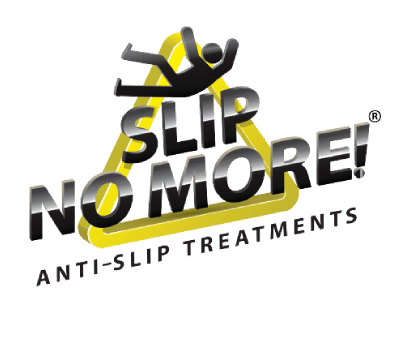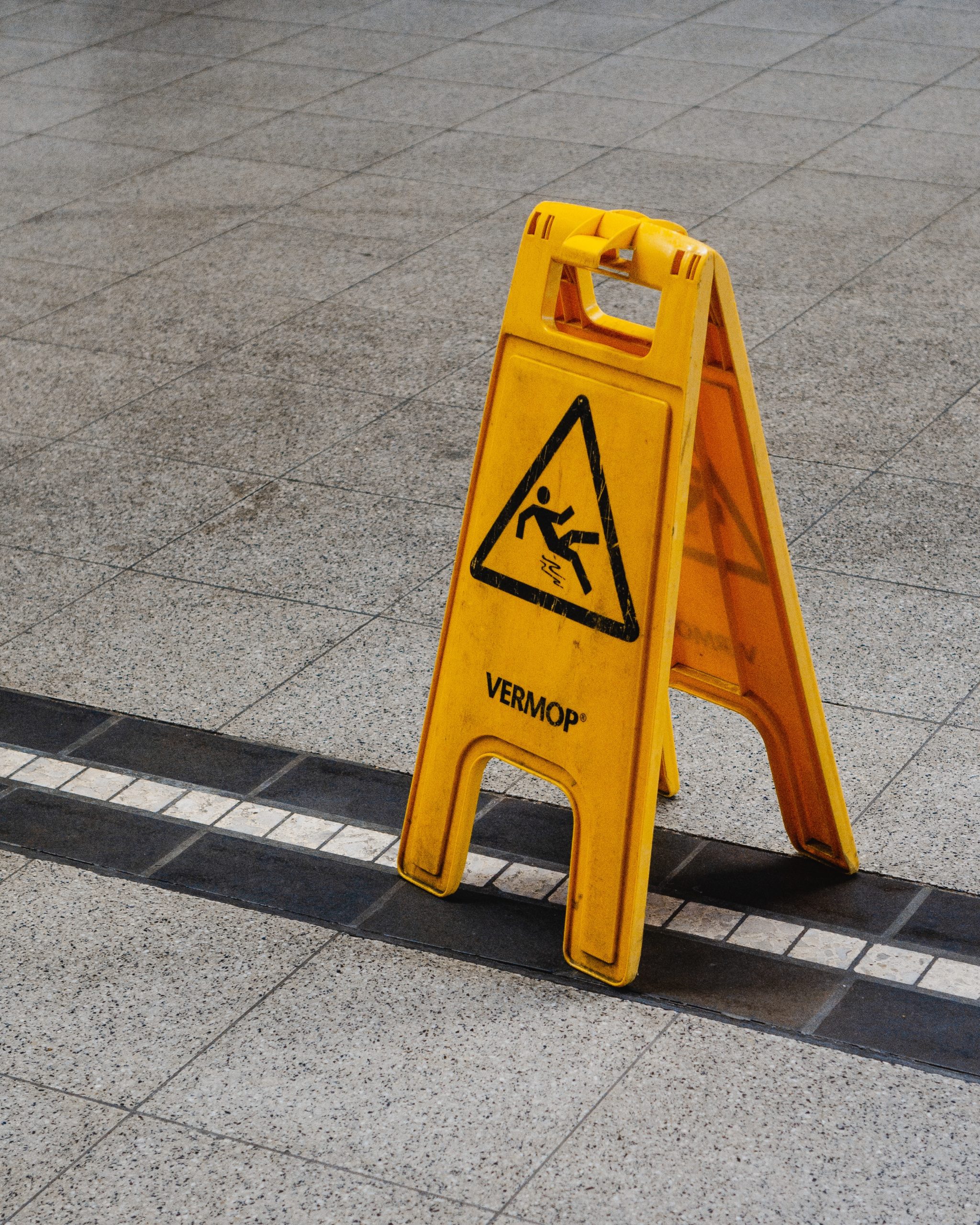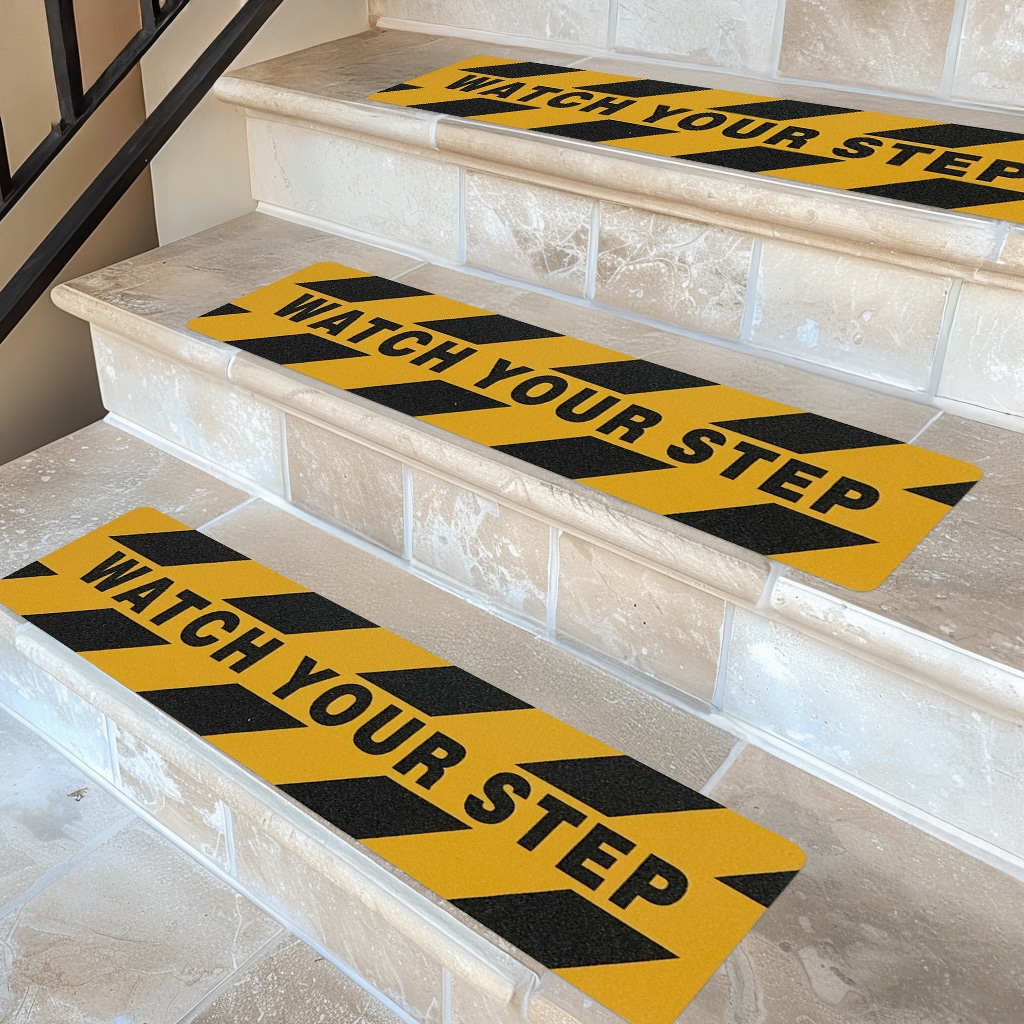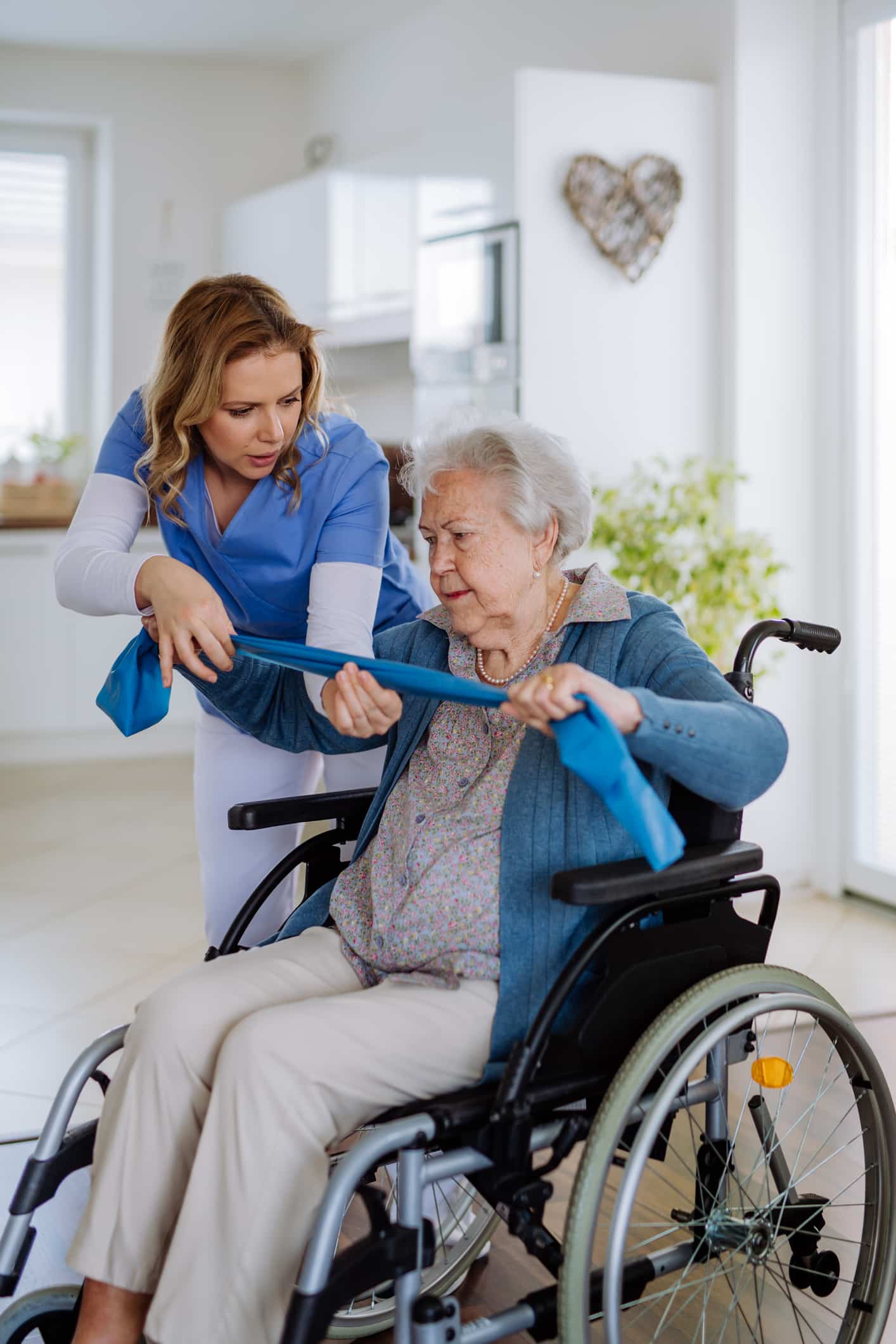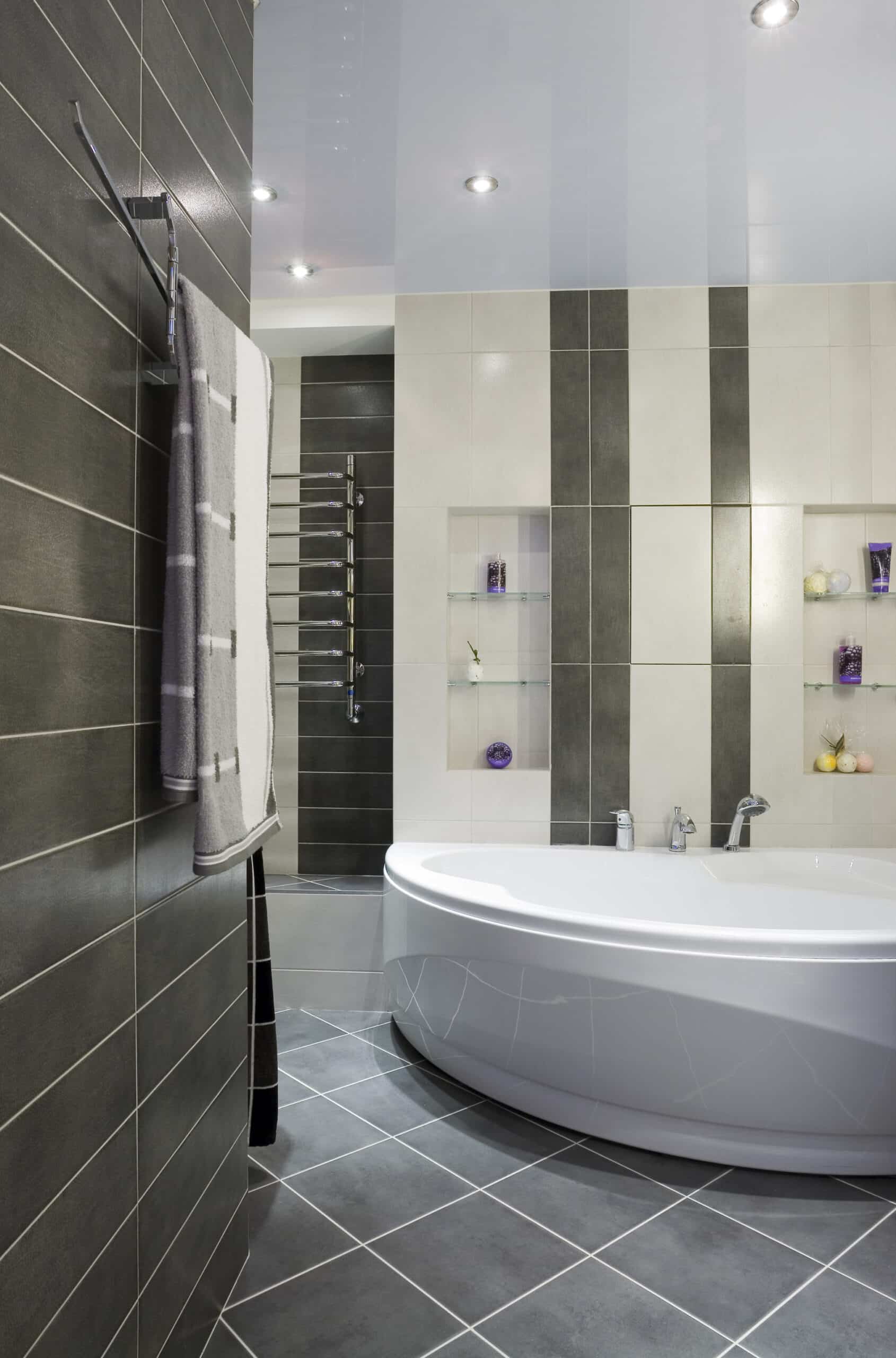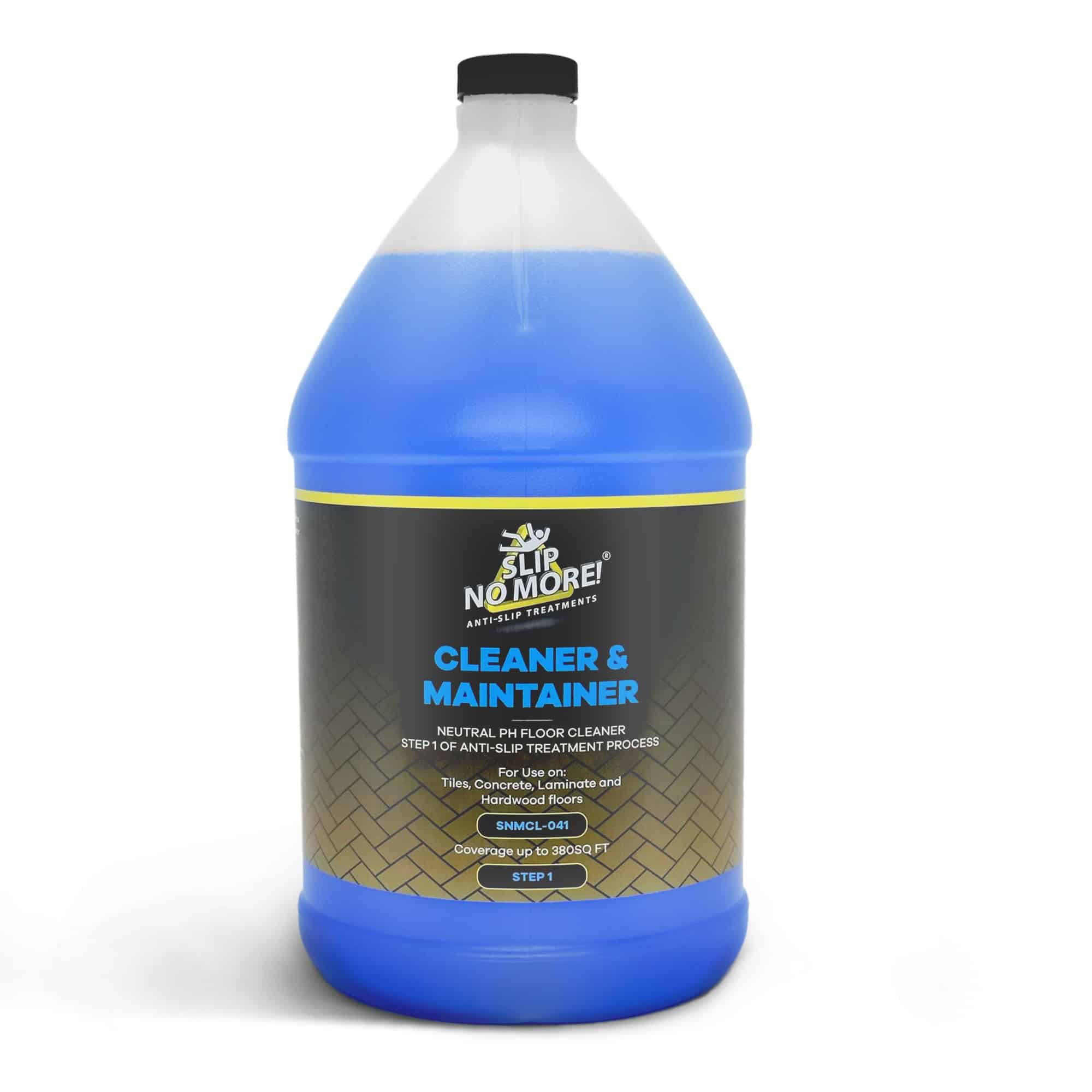Welcome to our complete guide on how to prevent slip and fall accidents. Whether at home, at work, or out and about, slips and falls can happen anywhere and cause serious injuries. But fear not because, in this comprehensive guide, we will equip you with all the tools and knowledge you need to stay safe and upright.
We will cover everything from identifying common hazards to implementing preventative measures. Our aim is to empower you with practical tips and actionable steps to minimize the risk of slip and fall accidents in your daily life. With proper awareness and precautions, you can significantly reduce the chances of suffering from falls and their potentially devastating consequences.
So, if you’re ready to take control of your safety and protect yourself and your loved ones from slip-and-fall accidents, let’s dive in. Whether you’re a homeowner, business owner, or simply want to be more informed, this guide is for you. Get ready to discover effective strategies, learn best practices, and gain peace of mind knowing that you are taking proactive steps to prevent slip-and-fall accidents.
The importance of preventing slip and fall accidents
Slip and fall accidents are not to be taken lightly. They can result in severe injuries, such as fractures, sprains, and head trauma. In fact, according to the National Floor Safety Institute, slips and falls account for over 1 million hospital visits annually. The consequences of these accidents can be both physically and emotionally devastating, leading to pain, medical expenses, and even long-term disabilities.
Common causes of slip and fall accidents
Understanding the common causes of slip and fall accidents is the first step in preventing them. Some of the most prevalent causes include:
1. Wet or slippery surfaces: Spills, leaks, or recently cleaned floors can create hazardous conditions.
2. Uneven or damaged flooring: Cracked tiles, loose carpets, or uneven surfaces increase the risk of tripping.
3. Insufficient lighting: Poorly lit areas make it difficult to see potential hazards.
4. Cluttered walkways: Objects or debris obstructing pathways pose a hazard.
5. Inadequate footwear: Wearing improper or worn-out shoes can decrease traction and stability.
Slip accident statistics
To emphasize the importance of prevention, let’s take a look at some eye-opening statistics:
– Slips and falls are the leading cause of workers’ compensation claims and occupational injuries.
– The elderly population is particularly vulnerable, with falls being the leading cause of injury-related deaths among adults aged 65 and older.
– Slip and fall accidents cost businesses billions of dollars annually in medical expenses, legal fees, and productivity losses.
Steps to prevent slips and falls at home
Ensuring a safe environment starts with your own home. Here are some steps you can take to minimize the risk of slip and fall accidents:
1. Keep floors clean and dry: Immediately clean up spills and use slip-resistant mats in areas prone to moisture.
2. Remove tripping hazards: Secure loose rugs, tape down cords, and clear clutter from walkways.
3. Improve lighting: Install bright lights in hallways, staircases, and outdoor areas to enhance visibility.
4. Install handrails and grab bars: These provide support and stability, especially in bathrooms and staircases.
5. Use non-slip mats in bathrooms: Place mats with suction cups in showers and tubs to prevent slipping.
Tips for preventing slip and fall accidents in the workplace
Creating a safe work environment is crucial for the well-being of employees. Here are some tips to prevent slip and fall accidents at work:
1. Maintain clean and dry floors: Implement regular cleaning schedules and promptly address spills or leaks.
2. Use appropriate signage: Place warning signs near wet or slippery areas to alert employees and visitors.
3. Keep walkways clear: Encourage employees to store equipment properly and remove any obstructions from pathways.
4. Train employees on safe practices: Conduct regular training sessions on slip and fall prevention and the proper use of safety equipment.
5. Conduct regular inspections: Regularly assess the workplace for potential hazards and address them promptly.
How to identify and address fall hazards
Being able to identify potential hazards is key to preventing slip and fall accidents. Here’s what you can do:
1. Conduct a hazard assessment: Identify areas or conditions that may pose a risk, such as uneven flooring or inadequate lighting.
2. Implement corrective measures: Once hazards are identified, take action to address them, whether it’s repairing damaged flooring or installing additional lighting.
3. Regular maintenance: Establish a routine maintenance plan to ensure hazards are promptly addressed and repaired.
4. Encourage reporting: Create a culture where employees or residents feel comfortable reporting potential hazards so that they can be addressed promptly.
Choosing the right footwear is essential for preventing slip and fall accidents. Consider the following when selecting shoes:
1. Good traction: Opt for shoes with non-slip soles that provide good grip on various surfaces.
2. Proper fit: Shoes should fit well and provide adequate support to minimize the risk of tripping.
3. Replace worn-out footwear: Regularly inspect and replace shoes with worn-out soles or damaged support.
Slip and fall prevention training programs
Providing education and training on slip and fall prevention can significantly reduce the risk of accidents. Consider implementing the following programs:
1. Safety seminars: Host regular seminars or workshops to educate employees or residents on slip and fall prevention techniques.
2. Safety signage: Use clear and concise signs to remind individuals of potential hazards and proper safety procedures.
3. Online resources: Provide access to online training materials and resources for continuous learning and reinforcement.
Legal implications of slip and fall accidents
Slip and fall accidents can have legal implications, particularly in the workplace or public spaces. Business owners and property managers have a duty to maintain safe premises. Failure to do so may result in legal consequences, including personal injury claims and costly lawsuits. By prioritizing prevention, you can not only protect yourself and others from harm but also minimize the risk of legal disputes.
Conclusion: Taking proactive steps to prevent slip and fall accidents
In conclusion, slip and fall accidents can have serious consequences, but they are preventable. By understanding the common causes, implementing preventative measures, and promoting awareness, you can significantly reduce the risk of these accidents at home, in the workplace, and in public spaces. Remember to keep floors clean and dry, remove tripping hazards, improve lighting, and encourage proper footwear. By taking proactive steps towards prevention, you can create a safer environment for yourself and those around you. Stay vigilant, stay informed, and stay upright!
Remember, preventing slip and fall accidents is a shared responsibility. Together, we can make a difference and create safer communities. Stay safe and take control of your well-being.
How to Prevent Slip and Fall accidents in Residential areas
We all love our homes and create them to cater to our needs. Our homes are also a reflection of our personalities and often, our successes. In saying that, almost every single time, safety, and specifically floor safety, is not taken into account and becomes an afterthought. Our objective is to educate the public on how to take slippery floors into account when building or renovating a home.
The most common questions one should be asking when deciding on how to prevent Slip and Fall accidents are:
- Do you have small children or plan to have children?
- Is this area accessible to pets or do you plan to have pets?
- Do you have elderly folk who visit or live with you periodically
- Does the area get used for entertaining and is it near your pool?
- Do you need a long-term or short-term Non-Slip solution?
There are a number of different types of Anti-Slip or Non-Slip Products that can be used in any of the areas above. We have developed our products in a ready-to-use format that comes with all the tools and equipment that you require for the application.
The occupants in your environment need to be able to move across your floors with confidence. Slippery, smooth floors that don’t disperse water easily, often lead to Slip and Fall Accidents which, in turn, result in injury.
How to Prevent accidents in Commercial areas
Whether you own or manage an office environment, retail store, or public space, you should always take the safety of your employees and customers seriously. Let’s face it, although Slip and Fall accidents are funny at times, the reality is that Slip and Fall accidents account for the second-highest accidental death rate as published by the NFSI.
In Commercial environments, there are more factors that come into play when comparing to a residential environment. In most cases, the building owner, manager, or staff don’t have direct control over the people walking on the floor. There is no control over what is messed or spilled on the floor. These factors make it really important for which Slip and Fall Prevention products are used.
The most common questions that should be asked when evaluating a commercial slip prevention strategy are:
- How much foot traffic does the area experience?
- What type of foot traffic does the area experience? Do people walk briskly over the floor or stand in long lines?
- How much exposure to the elements does the area experience?
- Is there water from rain or leaking gutters that gets onto the floor?
How to Prevent accidents in Industrial areas
Industrial environments are often tricky because any Slip and Fall prevention strategy needs to work well with any occupational health and safety procedure. Industrial areas typically have the most dangerous floors and experience the highest number of Slip and Fall accidents. Fatal accidents are usually caused due to a poor Slip and Fall prevention plan in place. When thinking about an Industrial area, think of how many Slip and Fall Accidents happen. These can be caused by tired workers, forklifts operating at high speeds, overhead cranes, and heavy machinery in use
Factors to take into account are:
- How much foot traffic does the are experience?
- Are the walkways flat or do they change elevation?
- Is there adequate lighting?
- Is there dust or water that gets onto the stairs?
- Do vehicles and workers use the same floor?
Slip No More Non-Slip Products are suited to Residential, Commercial & Industrial environments, and with our experience and quality guarantee, we are able to help you develop an effective Slip and Fall prevention plan. Our team takes hundreds of factors into account and provides you with products for high-risk, medium-risk, and low-risk slippery floors.
Types of slip prevention products
Four main categories of injury prevention products increase the safety of your floors. When selecting slip-prevention products, always ask a specialist who can guide you. There are different types of slippery floors.
Anti-Slip Treatments: The best defense against slippery tiles. These products are a sure way to increase the safety of your tiles. Used indoors and outdoors, they last for years. An important note is that they only work on unsealed tiles.
Non-Slip Coatings: Perfect for high-traffic and low-traffic areas. Always choose the right product for your use.
Anti-Slip Tape: A versatile product that is used on stairs and ramps. Anti-slip tape is excellent indoors and outdoors and works on many different surfaces.
Cleaning and Maintenance Products: These products should be of the highest quality. Be sure to check the cleaning recommendations of the floor safety products that you have installed.
About Slip No More
With more than 15 years of experience in the slip-prevention industry, our products solve the problem of slippery floors in all areas. Specializing in floor safety, the company has become synonymous with reliable solutions for preventing slips and falls.
Slip No More offers various anti-slip products designed for different surfaces.
As part of our global expansion strategy, we actively engage with our audience on various social media platforms. Slip No More maintains a strong presence on platforms like Facebook, Instagram, Twitter, Linked In, and YouTube. We love connecting with customers and sharing valuable insights on safety measures. This strategic use of social media fosters brand awareness and allows us to interact directly with our diverse customer base.
If you found this article helpful, take a look at our related articles:
